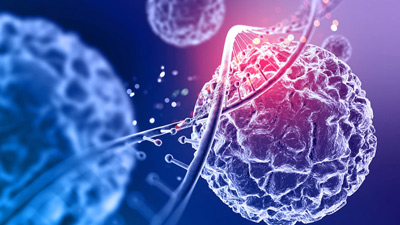
Headache is similar to a pesky intruder that invades our minds like an unwelcome guest. It's that throbbing sensation that hammers away at our temples, back, top and one side of our head.
People of various ages and backgrounds suffer from headaches, thereby making it a prevalent medical problem.
Stress, tension, dehydration, lack of sleep, sinus problems, hormonal imbalances, and other reasons can all contribute to them. The location of a headache can frequently provide vital insights to its underlying aetiology and guide treatment.
Here are the various types of headaches and their associated locations.
Headache On Forehead and Temples: Tension Headache
According to the American Migraine Foundation, tension headaches are the most common type of headache and are often described as a dull, aching pain that feels like a tight band around the head. They are usually caused by muscle tension in the neck, shoulders, and scalp and can be triggered by stress, anxiety, or poor posture. The pain is usually felt on both sides of the head and can be accompanied by sensitivity to light and sound.

One Side of the Head: Migraine Headache
The National Institute of Neurological Stroke defines Migraine headaches as a type of neurological disorder that can cause severe pain on one side of the head.
This kind of headache is usually characterised by a pulsing or throbbing pain, often accompanied by nausea, vomiting, and sensitivity to light and sound. Migraines can be triggered by a variety of factors such as stress, hormonal changes, certain foods, or changes in the weather.
Back of the Head: Cervicogenic Headache
Cervicogenic headaches are caused by neck or upper spine disorders, such as a pinched nerve or a muscle strain.
They commonly cause pain in the back of the head and neck, as well as stiffness or limited range of motion in the neck.

Top of the Head: Tension Headache or Sinus Headache
Headaches on the top of the head might be caused by tension or sinus issues. Tension headaches can produce discomfort in the temples, forehead, and top of the head, but sinus headaches are caused by sinus irritation and typically induce pressure and pain around the forehead and eyes.
Also read: Headaches: Types, Symptoms, Causes, And Treatment
Behind the Eyes: Cluster Headache
Cluster headaches are a rare type of headache that cause intense pain behind one eye. They are called "cluster" headaches because they tend to occur in cycles or clusters over a period of weeks or months. They can be very painful and are often accompanied by redness, swelling, and tearing in the affected eye.
All Over the Head: Sinus Headache
Sinus headaches are caused by inflammation of the sinuses and can cause pain all over the head, particularly around the forehead and eyes.
They are usually accompanied by other symptoms such as congestion, runny nose, and pressure in the sinuses.
Also read: Preventive Measures For Headaches Due To Hypertension
Takeaway
The location of a headache can be an important clue to its underlying cause. While most headaches are not serious and can be treated with over-the-counter medications, it is important to seek medical attention if you experience severe or persistent headaches, especially if they are accompanied by other symptoms such as fever, vomiting, or changes in vision.
Your doctor can help you determine the cause of your headaches and recommend the appropriate treatment plan.







